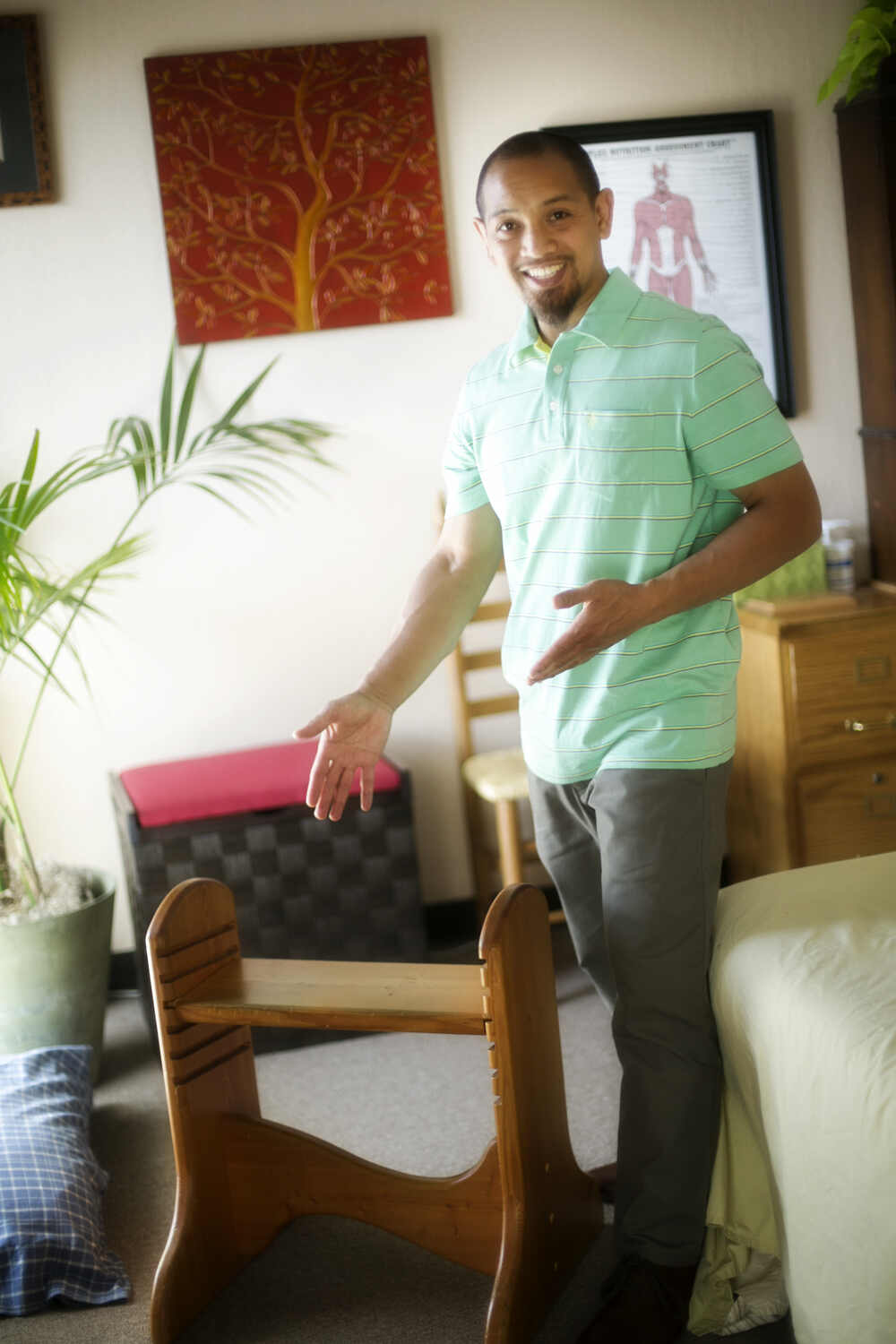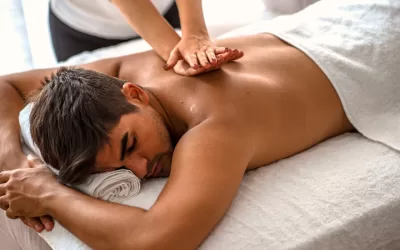If you’re like most people, you probably have no idea what Active Release Technique (ART) is. It’s a relatively new form of therapy that has been gaining popularity in recent years. Active Release Technique (ART) is used to treat a variety of conditions, including muscle pain, joint pain, and carpal tunnel syndrome. In this article, we will discuss all the basics you need to know about Active Release Technique!
What is Active Release Technique (ART)?
A soft tissue technique that uses the Active Release Technique (ART) treats muscular, tendon, ligament, fascia (connective tissue), and nerve issues. Active Release Technique (ART) can help with a variety of musculoskeletal problems. These ailments all have one thing in common: they are caused by overused muscles, resulting in muscle spasms, scar tissue, and loss of function within a specific area of the body.
What sets the Active Release Technique apart from other techniques?
The main difference between Active Release Technique (ART) and other therapies is that the patient actively moves the hampered structure (muscle or ligament) while the practitioner applies or maintains pressure on the harmed area. This allows the therapist to feel the structure as it bends under their touch and to efficiently treat those restricted muscles, tendons, or ligaments.
Which Patients Should Be Candidates for ART?
Active Release Technique (ART) may help anybody. Individuals who are suffering from muscular overuse injuries are excellent candidates for Active Release Technique (ART). Anyone can suffer from muscle overuse, although it is most common in athletes and other highly active people.
Finally, any type of muscle overuse can lead to scar tissue formation, which can become hard and dense. That firm, rigid scar tissue then binds tissues that need to move freely for your comfort and mobility. As a result, you won’t just feel bad; your muscles will also weaken and shorten over time, leading to tendonitis and trapped nerves. Inflammation, pain, and dysfunction are all possible consequences.
You may be a good candidate for the Active Release Technique if any of these symptoms are familiar. To date, the following diseases have been treated with the Active Release Technique:
- Achilles tendinitis
- Ankle injuries
- Back pain
- De Quervain’s tenosynovitis
- Foot pain
- Frozen shoulder (adhesive capsulitis)
- Golfer’s elbow
- Hand injuries
- Headaches
- Hip pain
- Iliotibial band syndrome (IT band syndrome)
- Knee pain
- Leg injuries
- Neck pain
- Plantar fasciitis
- Repetitive strain injuries (cumulative trauma disorders)
- Rotator cuff syndrome
- Running injuries
- Shin splints
- Shoulder pain
- Tendonitis
- Tennis elbow
- Throwing injuries
- Temporomandibular joint disease (TMJ)
- Whiplash
- Wrist injuries
Who might enjoy the benefits of the Active Release Technique (ART)?
The treatments used in ART include a variety of 500 distinct movements, allowing the practitioner to tailor treatment to each patient’s specific requirements. Individuals who may profit from Active Release Technique (ART) are:
- Both recreational and professional athletes are welcome to join.
- Overuse injuries in chronic pain patients who have symptoms that resemble an overuse syndrome
- Anyone who has tried but hasn’t found any relief through conventional treatments should contact us immediately.
What impact does overuse have on your muscles?
Overuse of muscles (and other soft tissues) may result in three sorts of issues, depending on their duration:
- Pushes, strains, muscular spasms, or contractures.
- Repetitive motion (also known as micro-trauma) is a factor that can cause tiny tears.
- Hypoxia, or a lack of oxygen to the injured area
The injuries and traumas that occur in the body are followed by the formation of tough, dense scar tissue in the afflicted region. This scar tissue restricts normal tissues from moving freely and inhibits their healing process. As more scar tissue is formed, your muscles weaken and get shorter, nerves can become trapped, and tension placed on tendons might cause tendonitis or tendon inflammation. The early stages of this process result in a diminished range of motion, loss of strength, and discomfort. You may feel tingling, numbness, or weakness if a nerve is trapped.
What to anticipate during an Active Release Technique (ART) treatment?
An Active Release Technique (ART) session is both a diagnostic and therapeutic procedure. The provider performs “muscle texture, tightness, and movement evaluations with his or her hands.” Abnormal tissues are treated by combining precisely directed tension with carefully calculated patient motions.
Is It Painful to Have an Active Release Treatment (ART)?
Active Release Technique (ART) targets problem regions directly by dissolving excessive scar tissue. Because these trouble regions are often sensitive, ART therapy may cause mild discomfort — but it’s usually no more uncomfortable than a therapeutic massage. Because each Active Release Technique (ART) is specifically tailored to the patient’s requirements, individual comfort is always given importance.
How many Active Release Treatment (ART) Treatments Do I Need to See Results?
Every patient is unique. On average, patients will see results after two to six visits. Typically, more severe muscle overuse instances need more visits before patients experience notable improvement. Some people may also be told to do “homework” between sessions, taking an active part in their recovery by performing at-home exercises and taking other precautions to preserve their muscles.
Is there any downtime after Active Release Treatment (ART)?
After an Active Release Technique (ART) session, most patients do not require a recovery period. ART treatment is essentially a type of deep massage at its core. While more invasive types of muscle therapy generally necessitate several treatments for maximal results, patients don’t have to deal with the recovery time that comes with them.
One of the greatest features of Active Release Techniques (ART) is how quickly they can return range and function to soft tissue injuries. This is why many professional sports teams and top athletes have Active Release Technique (ART) therapists on staff.
Are You an Athlete Experiencing Pain But Don’t Know Where to Turn for Help?
Beyond Ergonomics gives athletes and desk professionals answers to their pain problems. Body imbalances, repetitive use, and lack of movement are the cause of many injuries and pain. Beyond Ergonomics helps you discover your imbalances and create change. MedicinEvolution’s purpose is to reduce pain and other symptoms that you haven’t had luck with. MedicinEvolution Bodywork Beyond Massage is the solution for many problems plaguing your body. Make your appointment today!





